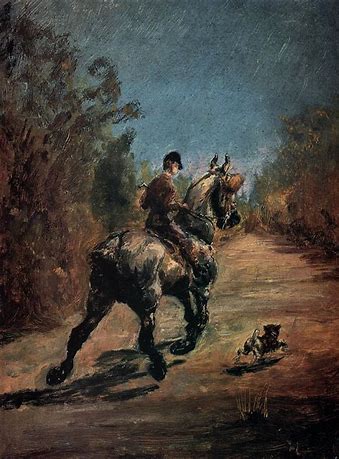The Dainty Lady's Hanky
/If I can find a subject to write on that allows me to open with a quote from Gone with the Wind it always seems like a winner. Well, here goes…
Rhett Butler says to Scarlett as he tries to tell her he’s leaving, “Here take my handkerchief. Never, at any crisis of your life, have I known you to have a handkerchief.”
Not long ago at all, men always had a handkerchief to lend to a weeping lady. But a lady had one too – Scarlett O’Hara being the exception to lots of these rules. In Victorian days – when a lady always wore long sleeves during daytime hours – you could tuck your hanky in your sleeve. At home you could always carry one in your apron pocket (as we established last week, aprons were a regular part of a lady’s attire) or of course you could carry it in your reticule.
A ladies handkerchief was often a beautiful creation. They were a means of showing off your skill with a needle, a delicate yet practical accessory that could be matched to your clothing, and even an olfactory shield. Hankies were often scented by storing them with floral sachets or perfume if you could afford it. Then whenever you passed by particularly unpleasant odors you could just gently hold it up to your nose and inhale those sweet smells instead of the world around you. Now remember that our ancestors didn’t bathe nearly as often as we do, had fewer products for odor control and cities actually had open sewage running beside their streets.
All of this came to mind when an elderly aunt passed along to me some of her hankie collection. A couple were modern creations with commercially printed flowers or pictures. A couple had beautiful floral embroidery – whether by hand or machine I can’t tell. My favorite in the collection has a tatted edge around a simple white square. This one has received a lot of use and is actually worn through in 3 different places. But I just love it! Maybe it’s the hand-made edging (for I don’t think you can tatt on a machine, can you?) or maybe it’s the simple elegance of white and lilac. But I think it’s probably my favorite because my sweet little aunt chose it again and again until the center wore completely out.
Do you have memories of your mother or grandmother with a hankie in her hand? Do you remember those scenes in the old movies when an elegant leading lady waved a hanky to her departing lover or whipped one out to catch a falling tear?














